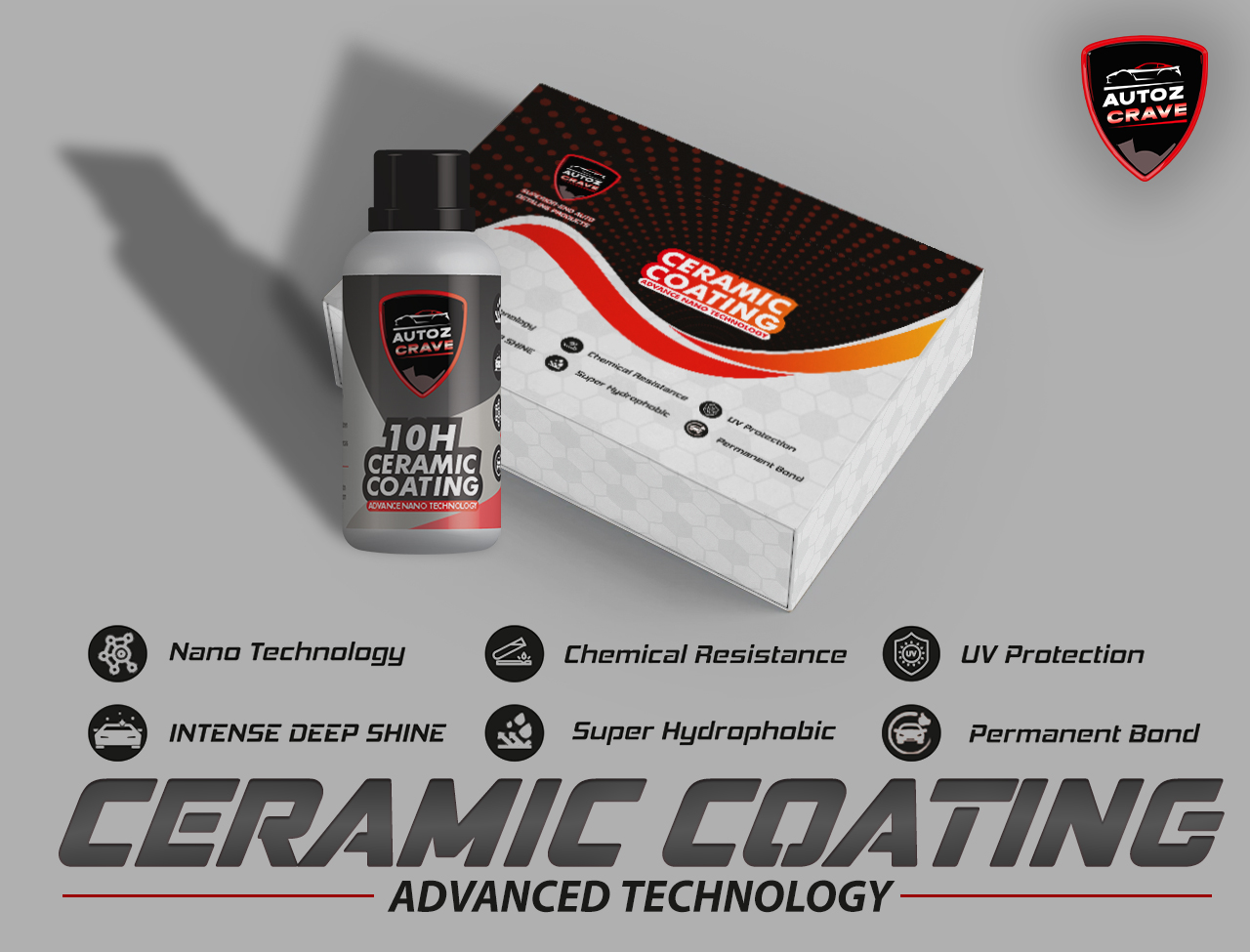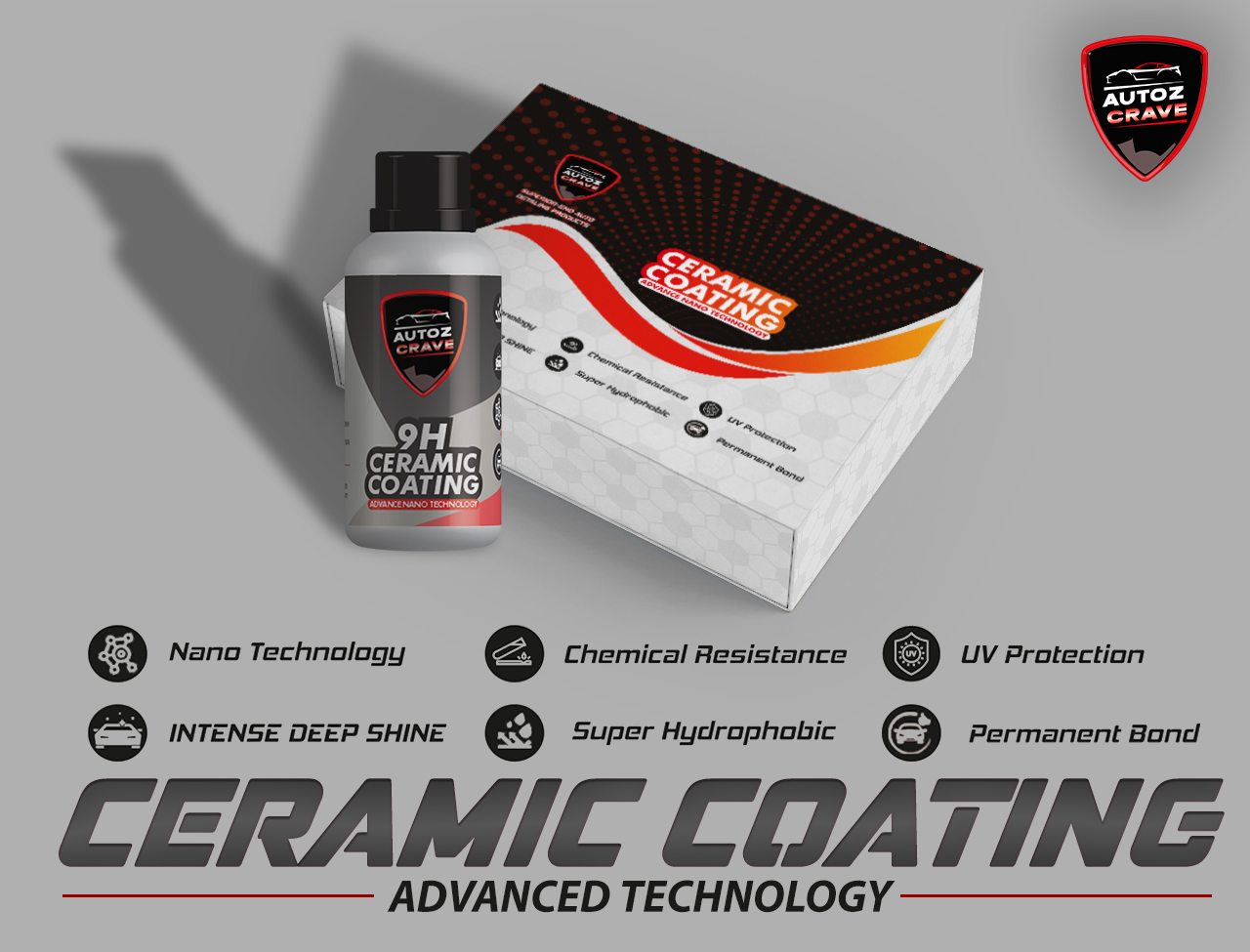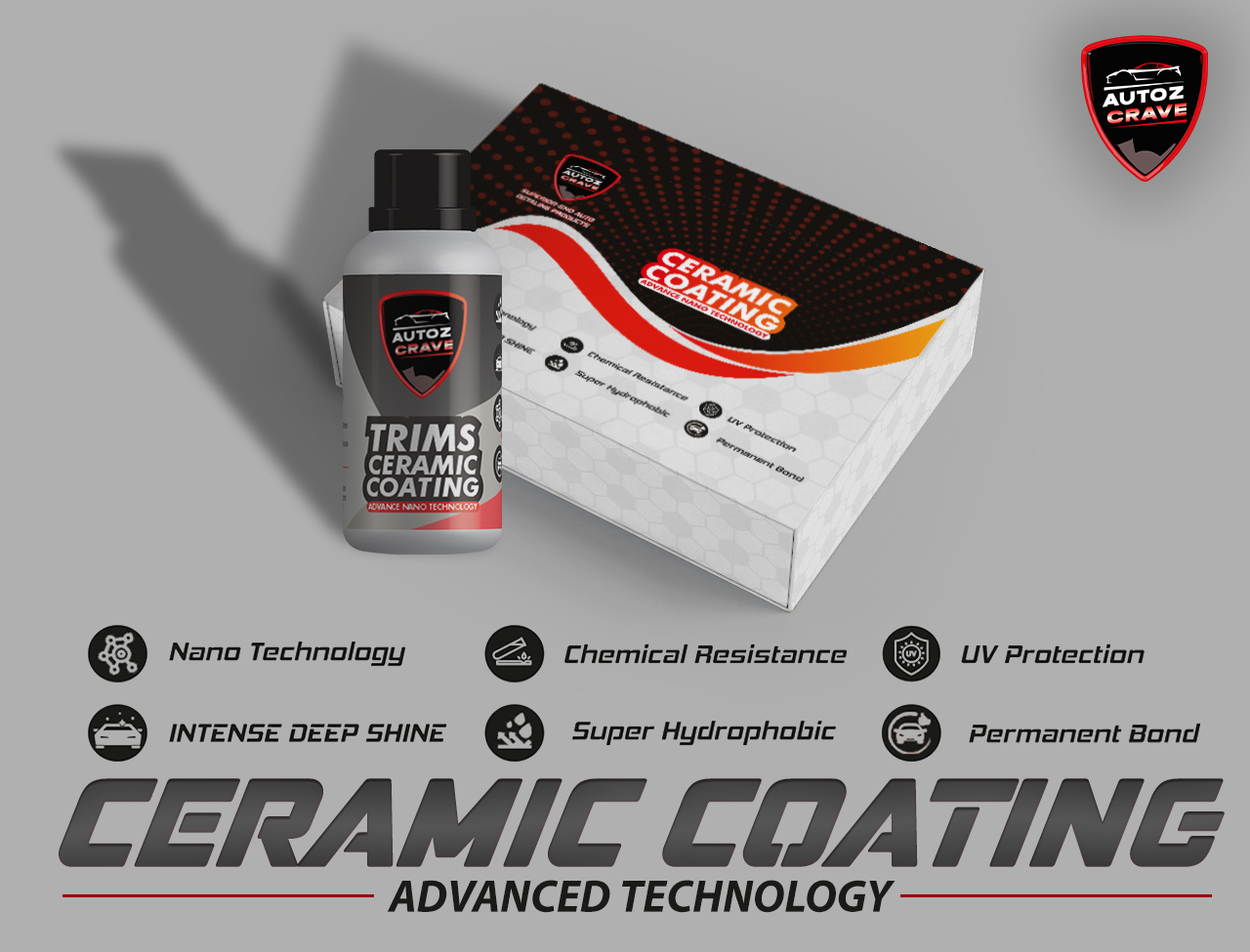Description
Ceramic coating for car detailing is a premium, chemical polymer solution that is applied to the exterior of a vehicle to protect it from external paint damage. Often applied by hand, it blends with the paint of your car and creates an additional hydrophobic layer of protection. This state-of-the-art technology offers several benefits over traditional waxing due to its long-lasting durability and superior protection against the elements. Here’s an in-depth look at ceramic coating:
Key Characteristics
Hydrophobic Properties: Ceramic coatings are renowned for their water-repelling capabilities. This means water beads and slides off the surface more easily, reducing water spots and streaks, and making the car easier to clean.
Chemical Resistance: The coating provides a chemically resistant surface that can shield the paint from various environmental contaminants, such as bird droppings, tree sap, and acid rain, which might otherwise etch or damage the paint over time.
UV Protection: Exposure to the sun's ultraviolet rays can cause a car’s paint to oxidize and fade. Ceramic coatings protect the vehicle’s paint from UV rays, thereby preventing it from fading and maintaining the vibrancy of the paint color.
Enhanced Gloss: Ceramic coatings can significantly enhance the gloss and clarity of a car’s paint, giving it a constant "wet look" that is highly appealing. This results in a depth of paint that looks more vibrant.
Scratch Resistance: While not completely scratch-proof, high-quality ceramic coatings offer a harder surface that can reduce the risk of swirl marks and light scratches caused by washing and drying, debris, and other minor abrasions.
Application Process
The application of a ceramic coating is meticulous and involves several steps:
- Thorough Washing: The car is thoroughly washed to remove all dirt, grime, and any contaminants on the paint surface.
- Paint Correction: Any scratches, swirl marks, or imperfections in the paint are corrected to ensure a perfectly smooth surface, which is crucial for the optimal adhesion of the coating.
- Preparation and Application: The surface is then prepped with a specific solution that ensures a clean slate for the coating. The ceramic coating is carefully applied panel by panel, ensuring complete coverage.
- Curing: Once applied, the coating needs to cure. This can take several hours to days, depending on the specific product and environmental conditions. During this time, the vehicle should not be exposed to moisture.
Maintenance and Durability
Ceramic coatings are highly durable, typically lasting between 2 to 5 years, depending on the quality of the product and the conditions to which the vehicle is exposed. Maintenance involves regular washing to remove dirt and contaminants. Although the coating reduces the frequency and complexity of cleaning, it’s not entirely maintenance-free.
Considerations
- Professional vs. DIY: Professional application ensures the best results due to the experience and knowledge of the applicators. However, DIY kits are available for enthusiasts who prefer to apply the coating themselves.
- Cost: The initial cost of ceramic coating can be higher than traditional waxing or sealants, but the long-term benefits and reduced maintenance needs can offset the initial investment.




